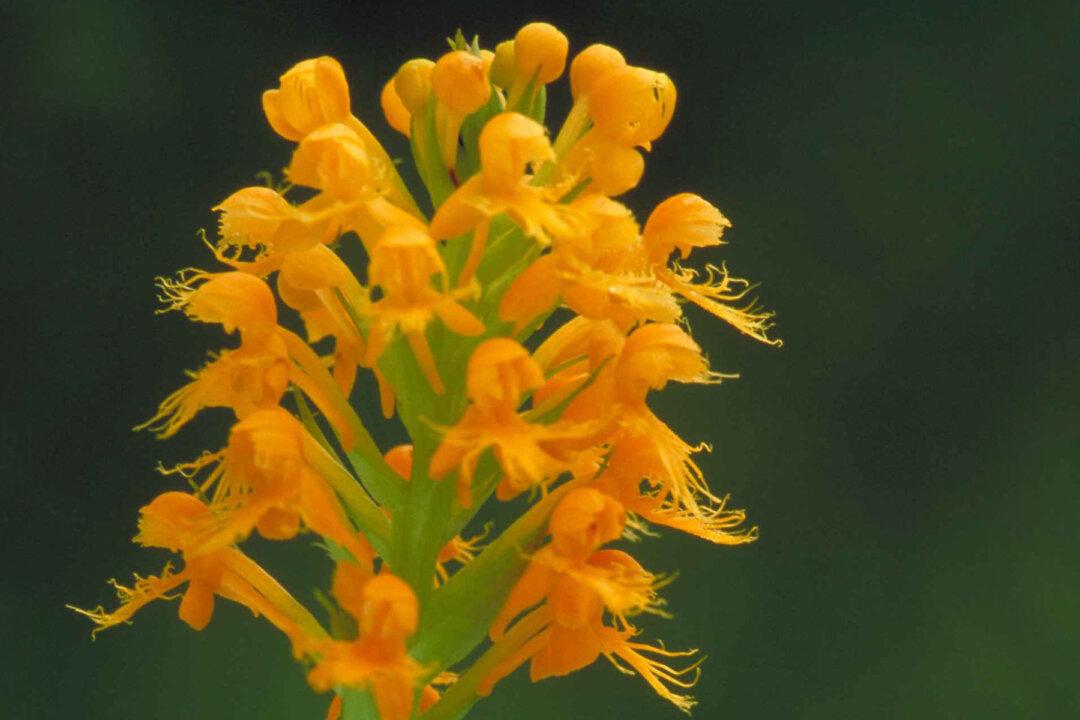An orange-yellow orchid that has eluded botanists for almost two decades has been rediscovered in the state of Massachusetts. The rare, endangered plant has been the subject of speculation since falling off the radar in 2001, and botanists remain so concerned for its preservation that the Massachusetts Division of Fisheries and Wildlife has made an impactful decision.
They decided not to reveal the exact location of the orchid’s 2020 reappearance.





